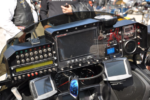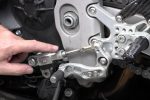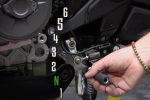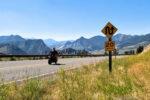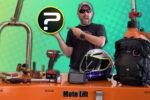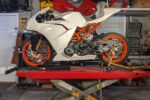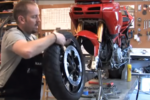The Misunderstanding that Changed Everything
Riding a motorcycle is all about precision, control, and safety—especially when it comes to cornering. One of the most misunderstood techniques in motorcycling is trail braking. If you’ve ever wondered whether you should close the throttle or keep it steady while using the front brake before a turn, you’re not alone. Let’s break it down.
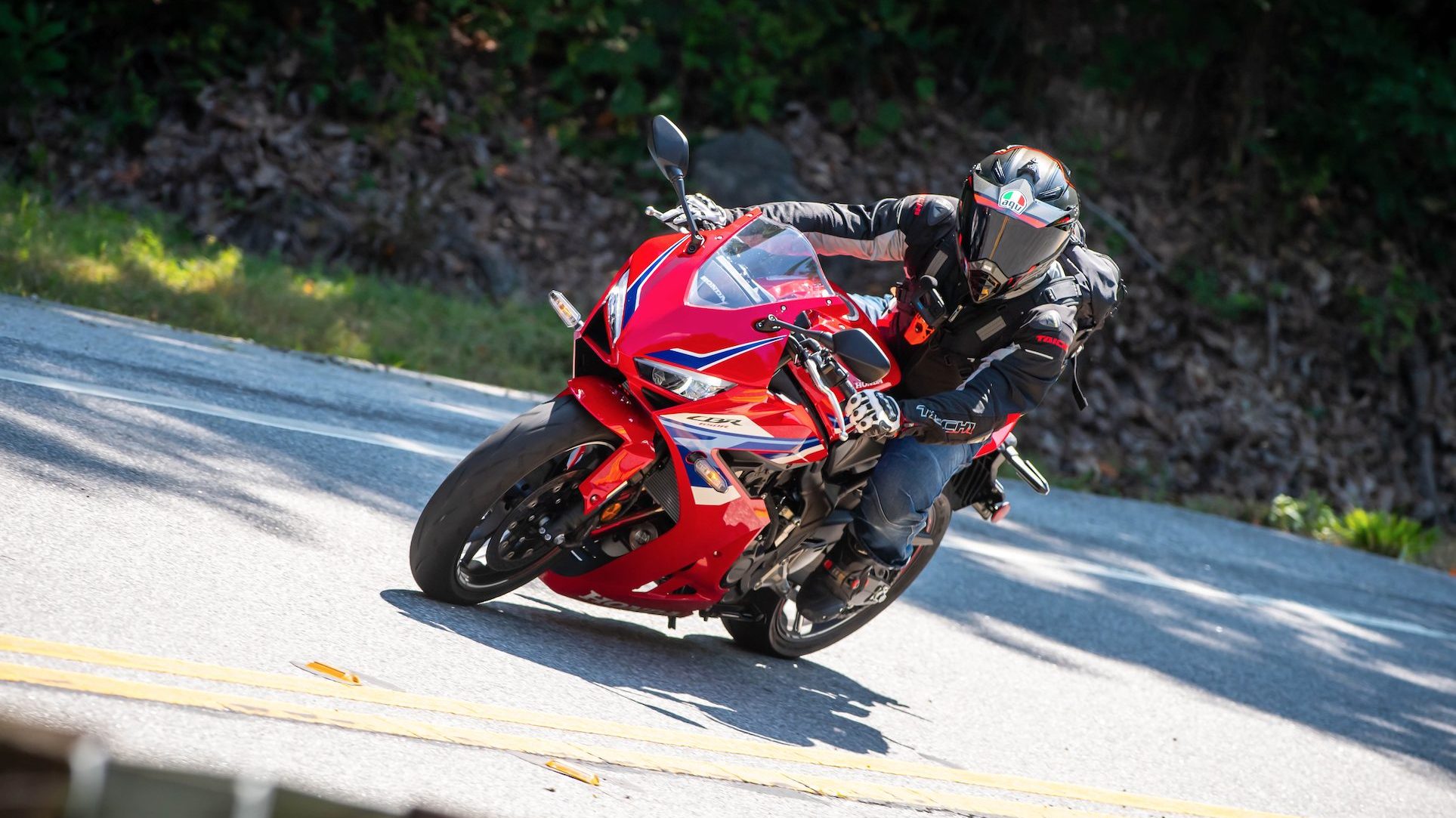
The Evolution of Riding Techniques
To understand why this topic is so confusing, we need a brief history lesson. Most riding programs today teach concepts rooted in the 1950s and 60s. Back then, motorcycles had limited technology: flex-prone steel frames, basic suspension, and drum brakes that grabbed unpredictably. Riders had to get all braking done before leaning into a corner, followed by gentle acceleration to settle the bike.
Fast forward to today, and motorcycles are marvels of engineering with disc brakes, radial tires, and high-performance frames. These advancements enable riders to use techniques like trail braking for greater control and safety.
What Is Trail Braking?
Trail braking involves gradually releasing brake pressure as the motorcycle leans into a turn. This technique allows riders to slow down precisely where they need to: at the corner’s entrance, where risk is highest. It also provides a larger contact patch on the front tire, increasing grip and stability.
This isn’t just for speed; it’s a critical safety tool. By slowing gently into a turn, you maintain more control, allowing for quick adjustments if something unexpected—like gravel or a stopped vehicle—appears mid-corner.
The Misunderstood “Brottle” Technique
Unfortunately, trail braking has been widely misunderstood. Some believe it involves overlapping throttle and front brake—keeping both engaged during a corner. This idea stems from a misinterpretation of advice given by legendary racer Freddy Spencer.
Spencer used throttle and rear brake simultaneously on powerful two-stroke race bikes to manage wheelies and traction, but this has nothing to do with trail braking. Misunderstanding this has led to dangerous practices being taught, such as the “brottle” technique, which creates instability by sending conflicting signals to the bike.
Why Overlapping Throttle and Front Brake Is Dangerous
Using throttle and front brake together can prevent the bike from slowing or turning properly. Even a small overlap can cause the bike to run wide in a corner, increasing the risk of a crash. Many experienced riders and racers can recount close calls or crashes caused by unintended throttle overlap.
Instead, the correct sequence is simple:
- Roll off the throttle completely
- Apply the front brake smoothly to slow down
- Trail off brake pressure as lean angle increases
This approach keeps the bike balanced and responsive.
Exceptions and Rare Scenarios
While some professional racers like Casey Stoner and Pedro Acosta have used throttle-brake overlap in specific situations, these are rare exceptions due to unique equipment issues. These techniques are not applicable to everyday riding and should not be emulated by most riders.
Focus on Proven Techniques
The best riders in the world don’t overlap throttle and front brake, and neither should you. Techniques like trail braking, when done correctly, are designed to keep you safe and in control, even in challenging conditions.
Let’s leave outdated advice and misunderstood techniques behind. Pay attention to what works for today’s bikes and trust proven methods for safer, more enjoyable riding.
Final Thoughts
When cornering, always roll off the throttle completely before applying the front brake. Use trail braking to slow down and stay balanced as you lean into the turn. Remember, safety and control are the goals—not speed.
